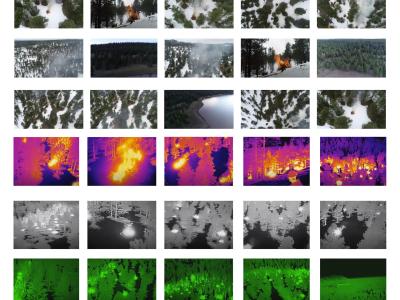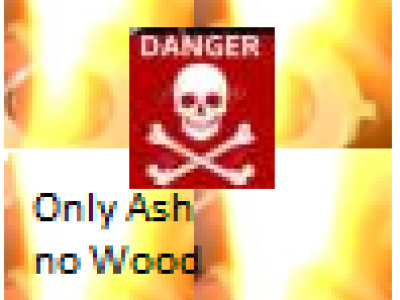A purely spaceborne open source approach for regional bathymetry mapping: Bahamas Median DEM

- Citation Author(s):
-
Nathan Thomas (University of Maryland/NASA GSFC)Brian Lee (University of California Santa Barbara)Oliver Coutts (Aberystwyth University)Pete Bunting (Aberystwyth University)David Lagomasino (East Carolina University)Lola Fatoyinbo (NASA GSFC)
- Submitted by:
- Nathan Thomas
- Last updated:
- DOI:
- 10.21227/dwex-hm52
 702 views
702 views
- Categories:
- Keywords:
Abstract
Timely and up-to-date bathymetry maps over large geographical areas have been difficult to create, due to the cost and difficulty of collecting in situ calibration and validation data. Recently, combinations of spaceborne ICESat-2 lidar data and Landsat/Sentinel-2 data have reduced these obstacles. However, to date there have been no means of automatically extracting bathymetry photons from ICESat-2 tracks for model calibration/validation and no well established open source workflows for generating regional scale bathymetric models. Here we provide an open source approach for generating bathymetry maps for the shallow water region around the island of Andros, Bahamas. We demonstrate an efficient means of processing 224 ICESat-2 tracks and 221 Landsat-8 scenes, using the C-SHELPh algorithm and Extra Trees Regression to provide 30 m pixel estimates of per-pixel depth and standard error. We map bathymetry with an RMSE of 0.32 m and RMSE% of 6.7 \%. Our workflow and results demonstrate a means of achieving accurate regional--scale bathymetry maps from purely spaceborne data.
Instructions:
A median composite DEM derived from a fusion of ICESat-2 and Landsat-8 data, created with a Extra Trees Regressor. Units are in m depth.






I'd liko to che the demo